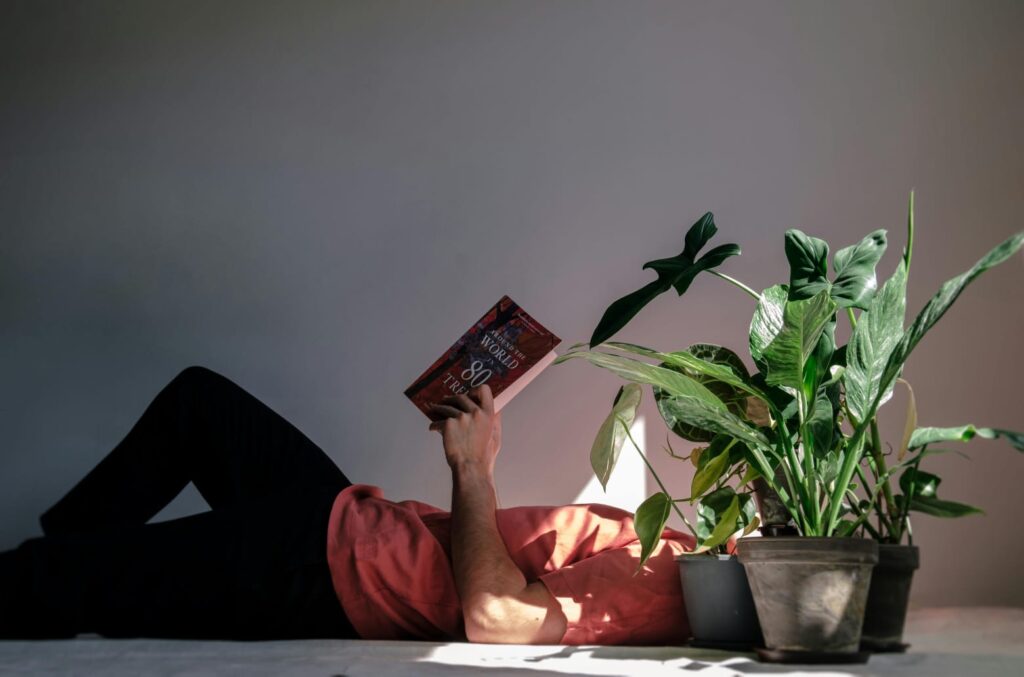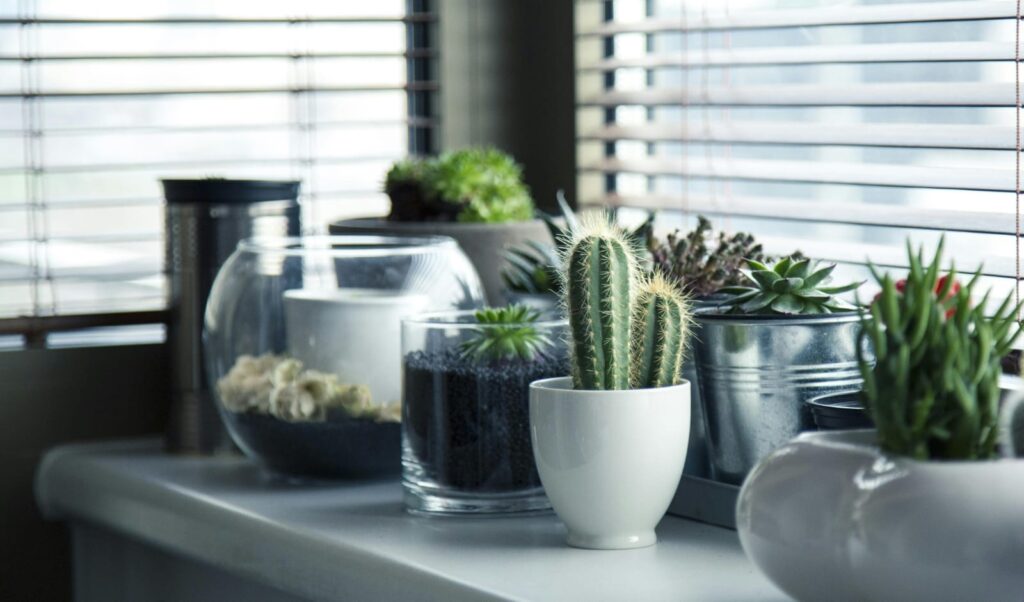Indoor gardening is a fulfilling hobby that can improve the appearance of your home, while also providing a healthier atmosphere and a boost to your mental health. Whether you’re just starting out or are an experienced gardener, these will help you keep your indoor garden alive and well.
Choose the Right Plants :
The first step is selecting the right plants. Think about the space and lighting you have to provide and the time you can commit. Here are some easy houseplants for beginners:
Snake Plant: Tough, loves neglect.
Spider Plant: Great for hanging basket.
Pothos and Philodendrons These are perfect for low light spaces!
Succulent and Cacti: Perfect for sunny areas and needs minimal watering.
A few herbs like basil, mint, or rosemary can be decorative but also useful for the kitchen, if you have extra space.

Light Matters :
Plants need light, and lighting is a must! Most indoor plants do well in indirect sunlight, but they are not all alike
Low-Light: Snake plants, ZZ plants or peace lilies prefer the shade.
Bright Light Plants: Succulents and cacti do best in direct sunlight.
In case you have limited natural light, consider purchasing grow lights that provide the necessary spectrum for photosynthesis.

Select Appropriate Containers and Soil :
Drainage is Key
Make sure that your pots have drainage holes.
Use Good Potting Mix : Regular garden soil can be heavy for indoor plants. Select a light potting mix appropriate for your plant type. Use a sandy mix for succulents; tropicals require moisture-retentive soil.

Water Wisely :
One of the most common pitfalls in growing plants indoors is overwatering. To avoid it
Be sure to check soil moisture before watering. Stick your finger in a little over an inch into the soil — if it feels dry, it’s time to water.
Pot with drainage trays and throw away excess water after watering.
Learn what each plant needs — some need to be watered more regularly; others like their soil to literally dry out between waterings.

Maintain Optimal Humidity :
Most indoor plants prefer living in humidity. Increase humidity by
Grouping plants together.
Put out a tray of water by your plants.
Using a humidifier, particularly during winter months when dry indoor air can become prevalent.

Prune and Clean Regularly :
Pruning Regularly Regular pruning is good for plant health and encourages new growth.
Cut off any yellowing or dead leaves
When to shape: Trim overgrown stems.
This is ideal to allow for photosynthesis and to prevent leaves from wilting.

Pest Control :
Pests indoors Numerous indoor plants could attract pests like spider mites or aphids. To prevent and/or control infestations
Monitor Your Plants for Any Signs of Pests
Infested leaves should be scrubbed with a mixture of water and mild soap.
Introduce neem oil or insecticidal soap as natural remedies.

Rotate Your Plants
Turn these plants once every couple weeks to offer more complete development. It helps ensure that they get light on all sides and do not grow towards the light source.

Repot When Necessary
When plants get large, their roots can become pot-bound. Repotting is vital to give them a bit more room and fresh nutrients. Here are some signs that your plant needs to be repotted
Getting out of the drainage holes Roots.
It receives proper care but still stunted.
Soil which does not hold water for a long time after watering.

Enjoy the Process
Growing things indoors is as much about the process as the payoff. Enjoy the process of caring for your plants, and don’t sweat the occasional setback. Every plant has a distinct personality and sense of timing, and one of the delights is in finding out what best suits each.

With these tips, you are well on your way to creating a thriving indoor garden to bring life and tranquility to your space. Happy gardening!



